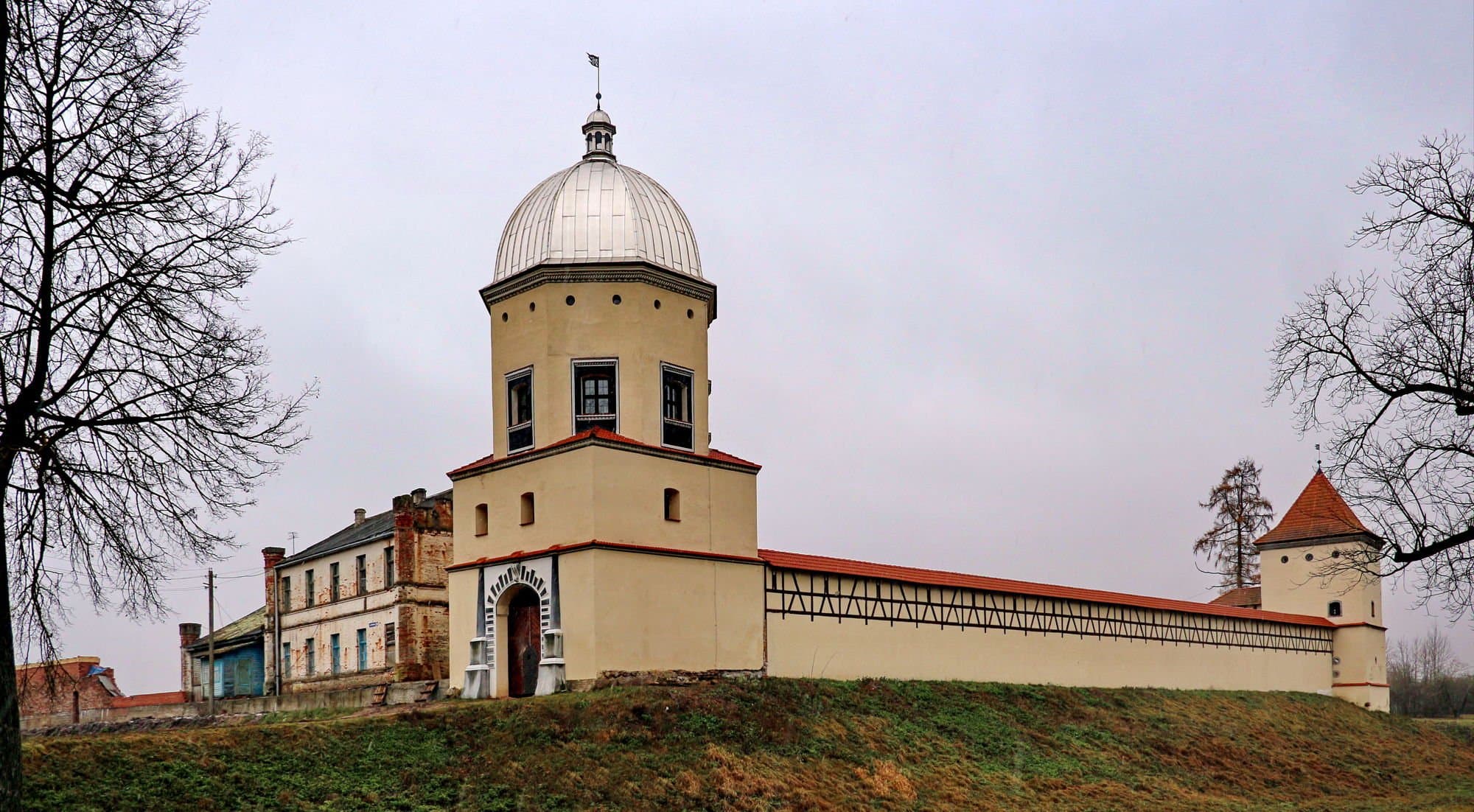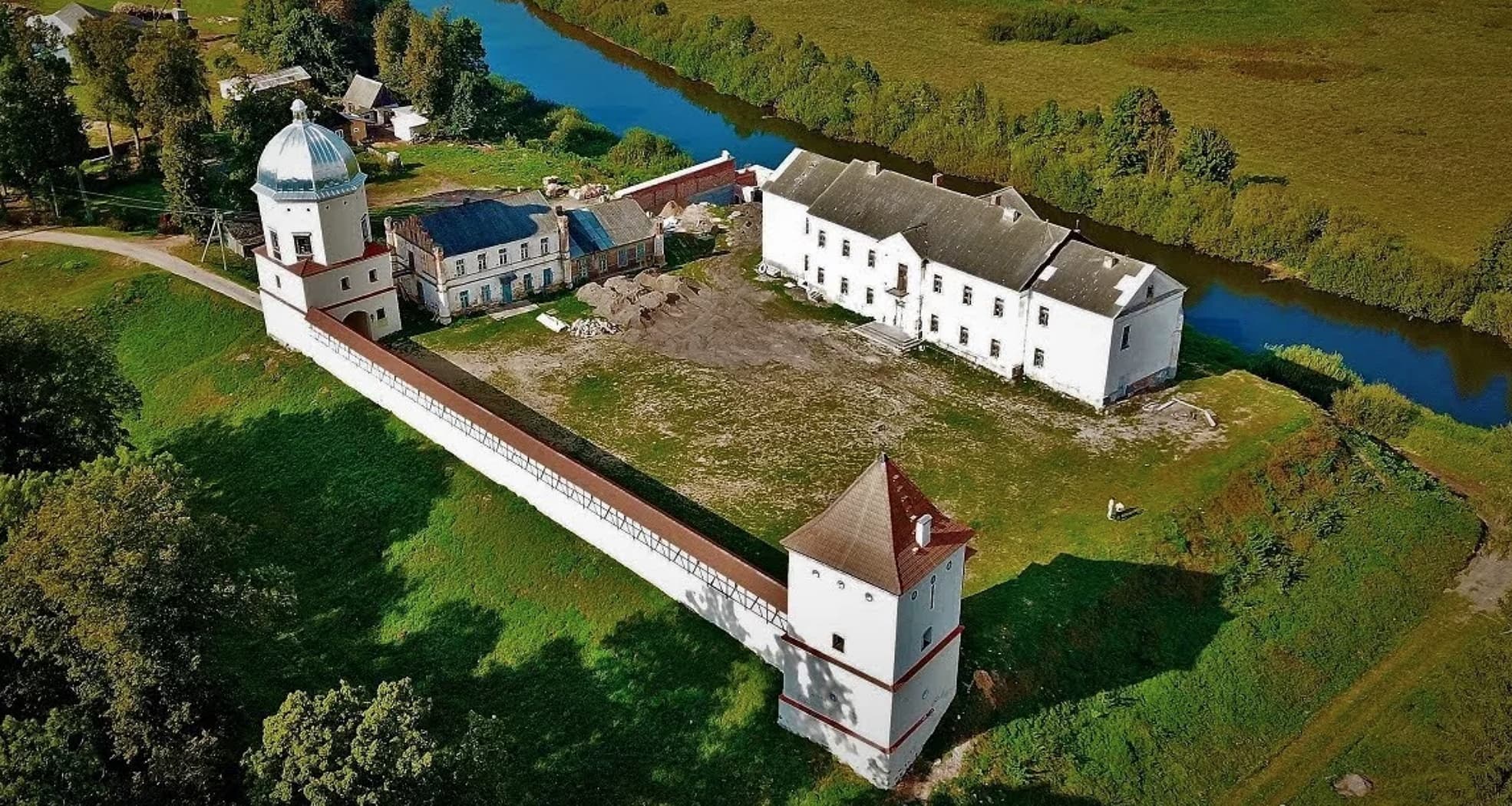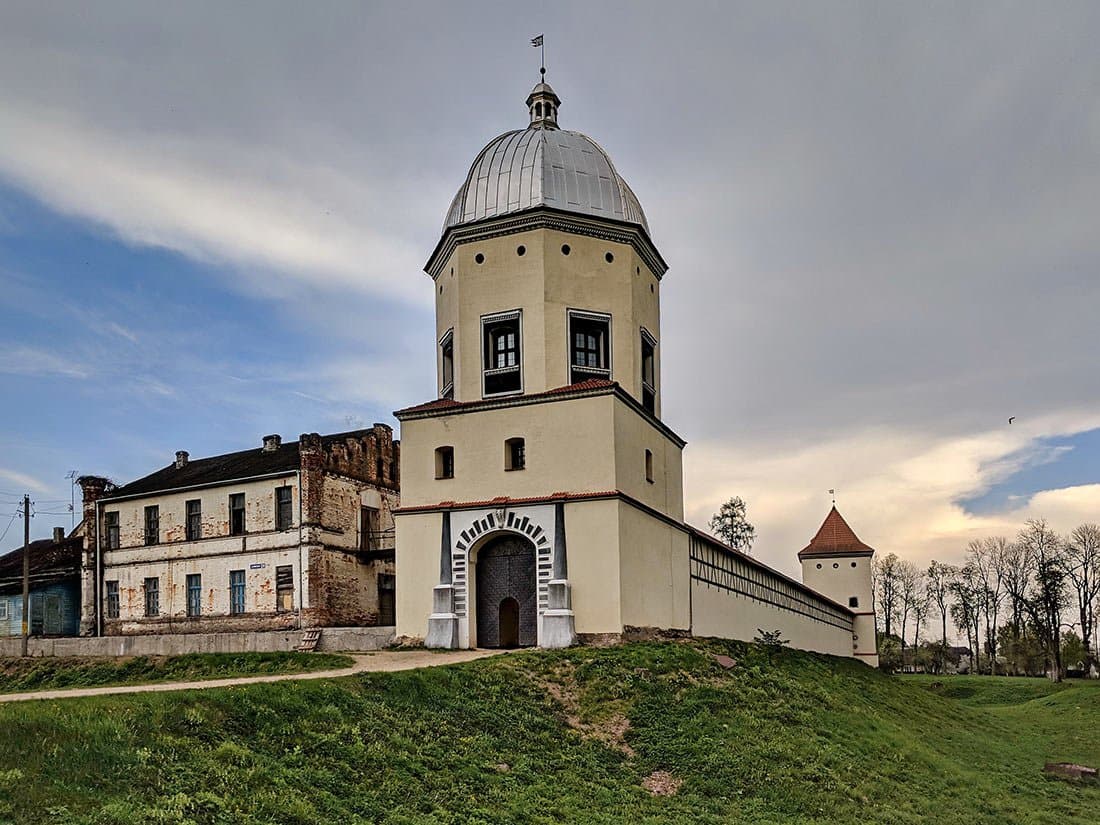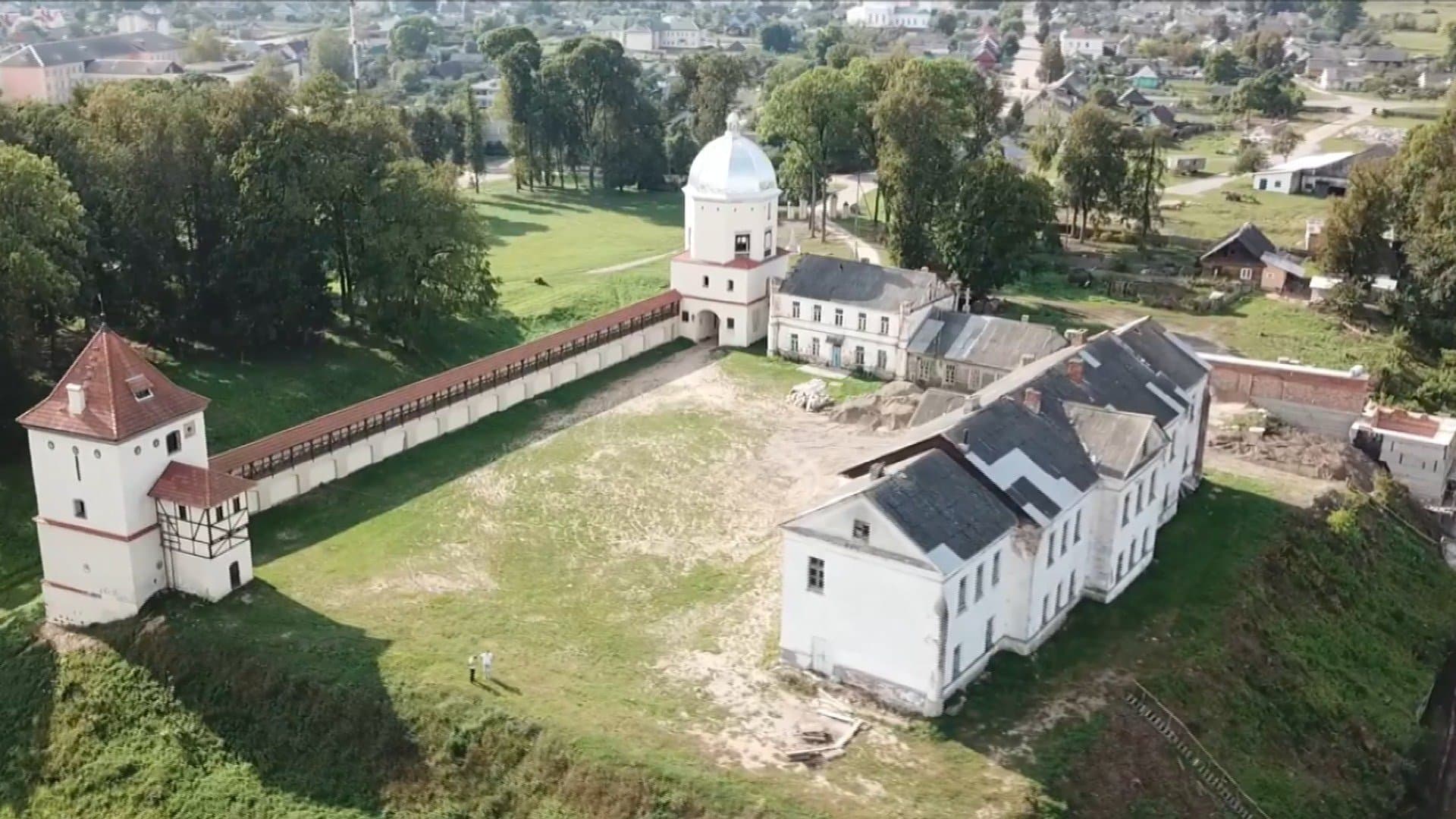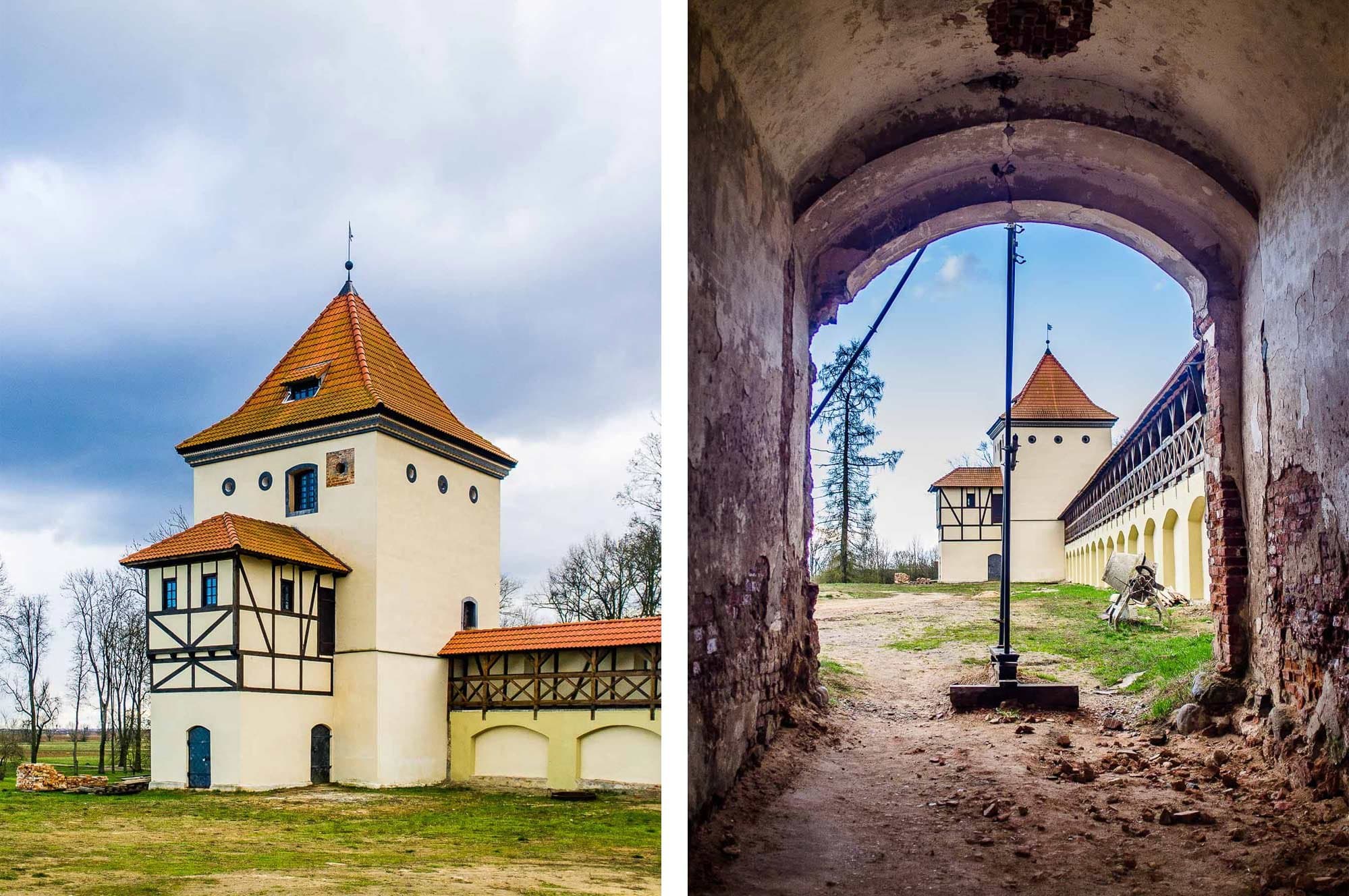Lyubcha Castle
Castle
Belarus, Grodno region, Novogrudok district, urban settlement. Lyubcha
Description
Lyubcha Castle is located in the urban village of Lyubcha, Novogrudok district, Grodno region, on the picturesque bank of the Neman River. It was built in 1581 by the influential magnate of the Grand Duchy of Lithuania, Jan Kiszka. It is an architectural monument of the 16th-19th centuries, which combines the features of two architectural styles: Gothic and Renaissance. Lyubcha Castle is included in the list of historical and cultural values of the Republic of Belarus.
At the beginning of reconstruction, it consisted of two dilapidated corner towers of the 16th century and several stone buildings of the last century, built on the preserved foundations of a 19th century palace.
Website:
https://lubcza.by/Categories
On restoration
Historical
Architectural monument
Comments
Reviews to the Place
1С Н
16.06.2024
Lyubcha Castle
Story
The castle was built in 1581, as evidenced by a weather vane found in it with the date “1581” stamped on it. The initiator of the construction of the castle was the influential magnate and nobleman of the Grand Duchy of Lithuania, who owned Lyubcha, Jan Kiszka. Initially, all the buildings of the castle, except for one stone tower that protected the entrance, were wooden. The territory of the castle complex, in addition to earthen ramparts, was surrounded on three sides by a moat, and on the fourth by river waters.
At the end of the 16th century, the new owner significantly rebuilt the castle: three more stone towers and stone internal buildings were erected, which significantly increased the fortification characteristics of the fortress.
In the middle of the 17th century, the owner of the Lubcha Castle became a talented commander, the Great Hetman of Lithuania Janusz Radziwill, who distinguished himself in the war with the Cossacks of Bogdan Khmelnitsky in 1648-1651. However, in 1655, the troops of Hetman Ivan Zolotarenko captured and burned the Lyubcha Castle, destroying two towers, after which it forever lost its significance both as a military fortification and as one of the residences of the Radziwills.
Since then, the castle has changed owners several times, until in the 19th century the remains of the internal buildings were demolished, and in their place, next to the two surviving towers, a two-story palace in the English Neo-Gothic style was erected, partially destroyed during the First World War. In 1947-1949, a secondary school was built using the foundations and fragments of the palace walls. By the middle of the 20th century, only two towers remained from the castle.
In 1964, a local history museum was organized at the school that occupied the palace building, the creation of which contributed to the preservation of the history and remaining buildings of the castle.
In 2003, the Lyubcha Castle charity foundation was created, headed by Ivan Antonovich Pechinsky, and design documentation was developed for restoration work. In 2011, during excavations on the eastern slope of the castle, the base of a stone wall was found, which ran from the gate to the eastern tower towards the town, and the remains of an old porch, which was located between the castle wing and the gate tower, were also discovered. In July 2014, work was carried out to identify the location of the northwestern tower, which stood on the steep bank of the Neman. In addition to the foundation of the tower, clothing material was also found (mainly kitchen utensils and stove tiles of the 17th-19th centuries, ceramic tiles, glassware of the 18th-19th centuries). As of 2021, the walls of the northwestern tower have been raised to the level of the foundation and covered with a temporary canopy, a dome frame for it and forms for loopholes have been made, the shaft has been leveled and backed up, and from the north-west it has been deepened by 2 meters. Where it is planned to restore the western wall, piles have been driven to a depth of 5.5 m. Preparatory work has been carried out to continue the construction of the northern wall.
Architecture
The Lyubcha castle complex is located on the left bank of the Neman on an embankment hill with an area of about 0.7 hectares, which rises 6-7 meters above the river floodplain. The plan is a rectangle measuring 64x87 m, with four corner towers. The palace, which has not survived, and the 1.3 m thick fortress walls created a closed courtyard. The territory is surrounded on three sides by a ditch about 30 m wide and 7-10 m deep, and on the fourth by a river. Such a closed spatial composition was typical for most palace and castle ensembles of the 16th-18th centuries. Of the four towers of the castle, two have survived. The towers are made of bricks and boulders. In its style, the castle is on the border of Gothic and Renaissance.
The main southwestern tower, the so-called The gateway, cubic in plan (approximately 10x10 m), approximately at half the height turns into an octagon, completed with a Renaissance dome with a lantern. The south-eastern tower, square in plan (8.3×8.3 m), was built in the 17th century, has three tiers and is covered with a hip roof. On the first floor there were four loopholes for guns, on the second there were four loopholes for guns, on the third there were 12 loopholes for guns.

